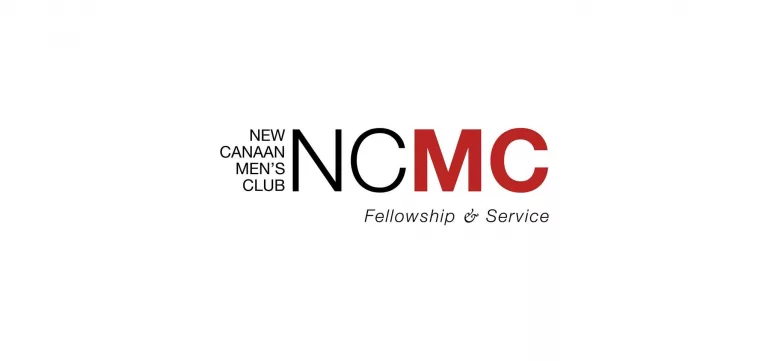By Russell R. Barksdale, Jr.
The story of mail-order pharmaceuticals in the United States is a tale that spans decades, woven through consumer pricing, policy loopholes, international trade, and most recently, geopolitical tensions. Over twenty years ago, the search for affordable medications led many Americans to look beyond their borders particularly to Canada. Today, America’s dependency on Chinese pharmaceutical ingredients amidst rising tariffs creates a healthcare and economic complexity with the potential to make routine medications unaffordable.
How did we get here? In the late 1990s and early 2000s, as prescription drug prices surged in the United States, many consumers sought more affordable alternatives. Canada, with its publicly funded healthcare system and government-regulated drug pricing, became a logical source for less expensive medications. Canadian pharmacies began offering mail-order services directly to American consumers.
This cross-border pharmaceutical trade grew rapidly. By the mid-2000s, it was estimated that over one million Americans were regularly buying their medications from Canada through online pharmacies, often saving 30% to 80% on common prescription prices. The U.S. government, while technically prohibiting the import of drugs not approved by the FDA, generally turned a blind eye to small-scale purchases and individual use.
Politically, this became a populist issue. Senators and state governors, especially from northern states like Minnesota and Vermont, openly supported or even organized cross-border drug-buying trips. In 2003, Congress passed the Medicare Modernization Act, which included a provision that could allow drug importation from Canada—but only if the Secretary of Health and Human Services (HHS) certified that it would be safe and cost-effective. To-date no HHS Secretary has ever issued such certification.
While Canadian pharmacies offered a stopgap for high drug costs, the real revolution came through globalized supply chains. Over the past two decades, pharmaceutical companies have increasingly moved production of active pharmaceutical ingredients or APIs to countries with lower manufacturing costs—particularly China and India. China has emerged as a dominant player in the API market. Moreover, China is the primary supplier of APIs to India, which is the world’s largest manufacturer of generic drugs, many of which are exported to the U.S. This layered dependency makes the U.S. pharmaceutical supply chain deeply intertwined with Chinese manufacturing.
Americans have benefited from the cost savings of offshore manufacturing. Regrettably, this dependency has also created vulnerabilities. As supply chains falter or tariffs compound pricing levels, calls for domestic drug manufacturing and diversification of sources will certainly intensify.
The escalating U.S.-China trade tensions now add a new layer of complexity. In recent years, as part of broader tariff packages aimed at correcting trade imbalances and pressuring China on issues like intellectual property and state subsidies, the U.S. has imposed tariffs on a wide range of Chinese goods—including pharmaceutical ingredients and products.
Although certain pharmaceutical imports initially received exemptions due to their essential nature, that status has changed in the shifting tides of policy. While the intent is to reduce strategic dependence on adversarial nations, these tariffs also risk increasing costs for manufacturers—and ultimately, for consumers.
Industry groups warn that such tariffs could inadvertently raise prices or worsen shortages for essential medications. Analysts point out that until domestic API production is significantly increased in scale, tariffs act more as a tax on necessity than a genuine lever of national resilience.
The history of mail-order drugs from Canada to the modern struggle over Chinese pharmaceutical tariffs reveals a persistent dilemma in U.S. healthcare policy: the balance between affordability, accessibility, and sovereignty. What began as a grassroots movement for cheaper drugs through Canadian pharmacies has evolved into a global web of trade and production, one now caught in the currents of international conflict and national security concerns.
The U.S. has accelerated itself to a critical decision point. We must decide whether to continue relying on global supply chains for affordable medications or invest heavily in domestic capacity—likely at a higher short-term cost. What is crystally clear in this time of economic incertitude is the pharmaceutical pipeline is no longer just a matter of public health, but a central axis of economic strategy and international diplomacy. Healthcare call ill afford more price uncertainties.
Russell R. Barksdale, Jr., Ph.D, MPA/MHA, FACHE is President & CEO of Waveny LifeCare Network


